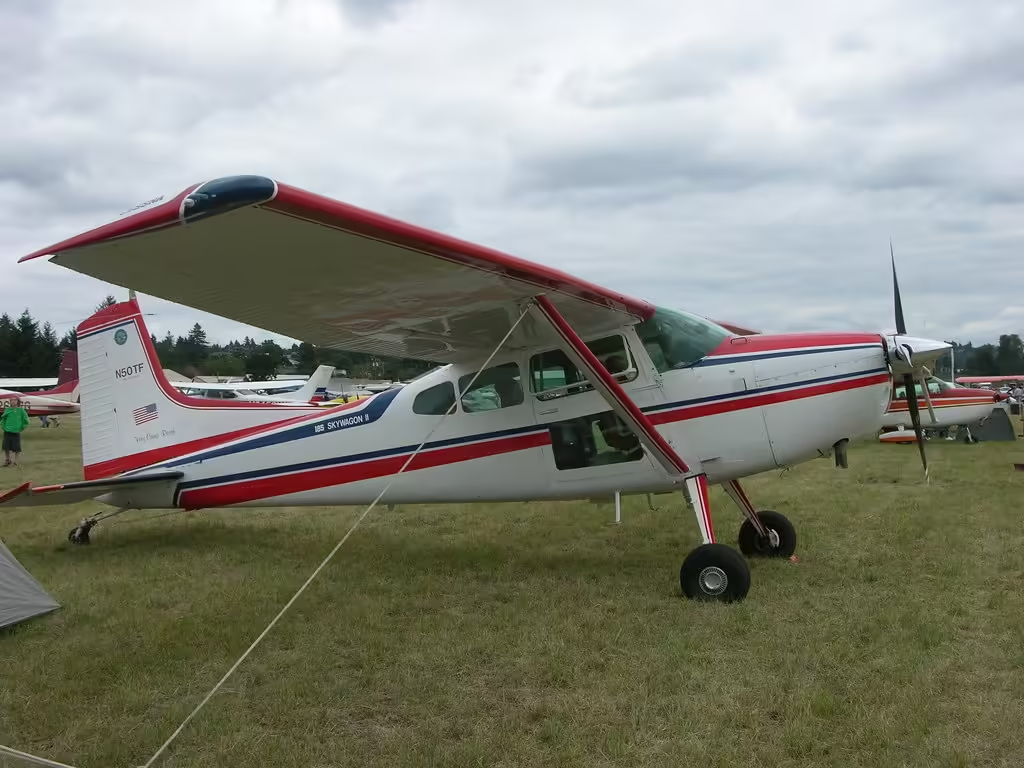
Table of Contents
Some of the most adaptable aircraft in use today are bush planes. In many nations without large commercial airports, they are an essential link to the outside world. When we talk about bush flying, we’re talking about taking an airplane into an isolated desert that usually doesn’t have runways or landing strips.
The planes provide essential services, including transporting supplies, passengers, and mail and conducting rescue operations or medical evacuations. Some bush planes also operate on regularly scheduled commercial routes where traditional airliners cannot fly.
What is a bush plane?
Most bush planes are simply regular commercial planes that have been modified to fly to remote locations that are normally unreachable by most cars. For many years, the phrase was used to refer to places in Canada and Alaska that could not be reached by existing road or ferry networks. Nowadays, isolated territories in Australia and South Africa are frequently associated with it.
In northern Canada, bush aviation rose to prominence a century ago when pilots who had served in World War I continued to fly missions over their hometowns that included anything from watching forest fires to delivering essential supplies.
While de Havilland Canadian engineers were building the DHC-2 Beaver in 1946, they asked bush pilots from isolated towns in northern Canada and bush pilots from other nations what they most wanted to see in the new aircraft. A number of important features were identified there. which is still known as Bush Plains. As the business puts it:
“Pilots requested a rugged and reliable all-metal aircraft capable of carrying a half-ton payload with good takeoff, landing, and climb performance; also, an aircraft that could operate year-round on wheels, floats, or skis from isolated posts, and in conditions ranging from intense sun to zero cold, snow, and exposed to weather conditions up to snow.”
Wings are often mounted on top of the fuselage of modern bush aircraft to reduce damage during loading.Increase your ability to look down while in the air. Another significant change is the undercarriage. It usually has all-terrain gear, such as large low-pressure tundra tires that enable the aircraft to handle gravel, gravel, mud, and other difficult terrain, or floats for water landings, skis for snow landings, or both.
What kinds of Bush Planes are there?
Bush planes are often modified copies of existing aircraft models, although they can take many other shapes. In the bush flying genre, many aircraft have achieved remarkable success. These range from small two-seaters to large aircraft that can accommodate 19 passengers, which can be piloted by a single pilot.
The PA-18 Super Cub is a well-known example of a small aircraft that can take off and land in a space of only 350 feet. It allows reaching the most difficult and remote landing spots in the world. With an empty weight of 930 pounds and a maximum takeoff weight of nearly double that, or 1,750 pounds, the Super Cub is similarly relatively light.
The 150 horsepower aircraft can fly about 460 kilometers on a single tank of fuel.Lycoming O-320 engine that gives it a cruising speed of 130 mph.
Another famous aircraft for jungle flying is the de Havilland Canada DHC-6 Twin Otter. This aircraft is the best-selling 19-seater of all time and has been in production since 1965. STOL aircraft are widely used for medical evacuation flights, cargo deliveries and skydiving teams for civil and military organizations around the world.
The aircraft was developed from the previously successful DHC-2 Beaver and DHC-3 Otter, both of which were widely used as bush planes
Commercial passengers can still fly on the Twin Otter in many locations worldwide. One of the most notable routes operated by the type is a daily scheduled service between Glasgow (Scotland) and Barra Airport. The aircraft is also widely used across Antarctica.
Another notable aircraft that has been modified for use as a bush plane is the Cessna 208 Caravan. The aircraft has eleven seats and has a very wide range of applications. It could be set up in a variety of ways to accommodate seating and bulk cargo, and was intended to carry both passengers and cargo. It is also possible to open the cabin completely to make room for cargo. Cargo can be stowed in the cargo area under the belly, behind the seat or in the cargo hatch on the left side of the aircraft when it is fully occupied by passengers.
The aircraft has been built in several configurations to meet the needs of a wide variety of customers and passengers. Other militaries around the world have also purchased this aircraft to take advantage of it.
READ | White Tail Aircraft: A Comprehensive Overview of This Aviation Powerhouse
READ | 5 reasons why taildraggers make good first-time pilots
READ | The top 10 most Iconic planes in aviation history, ranked


3 thoughts on “Bush planes: Power Features That Set Them Apart From Other Types Of planes”